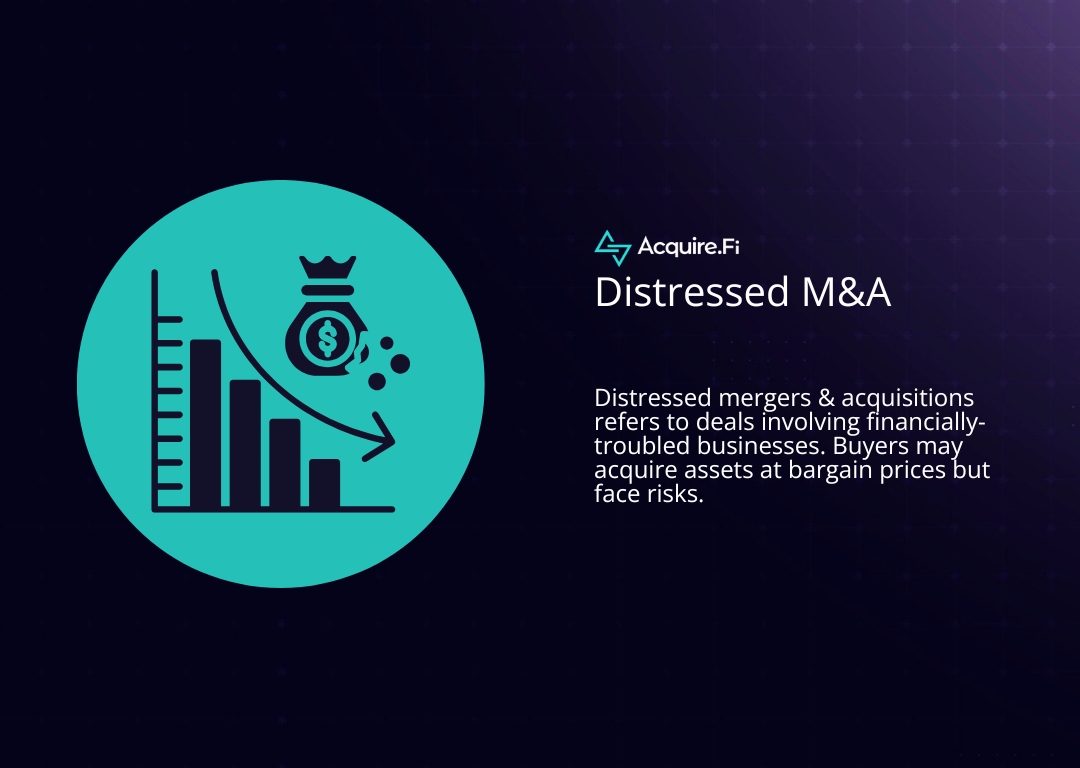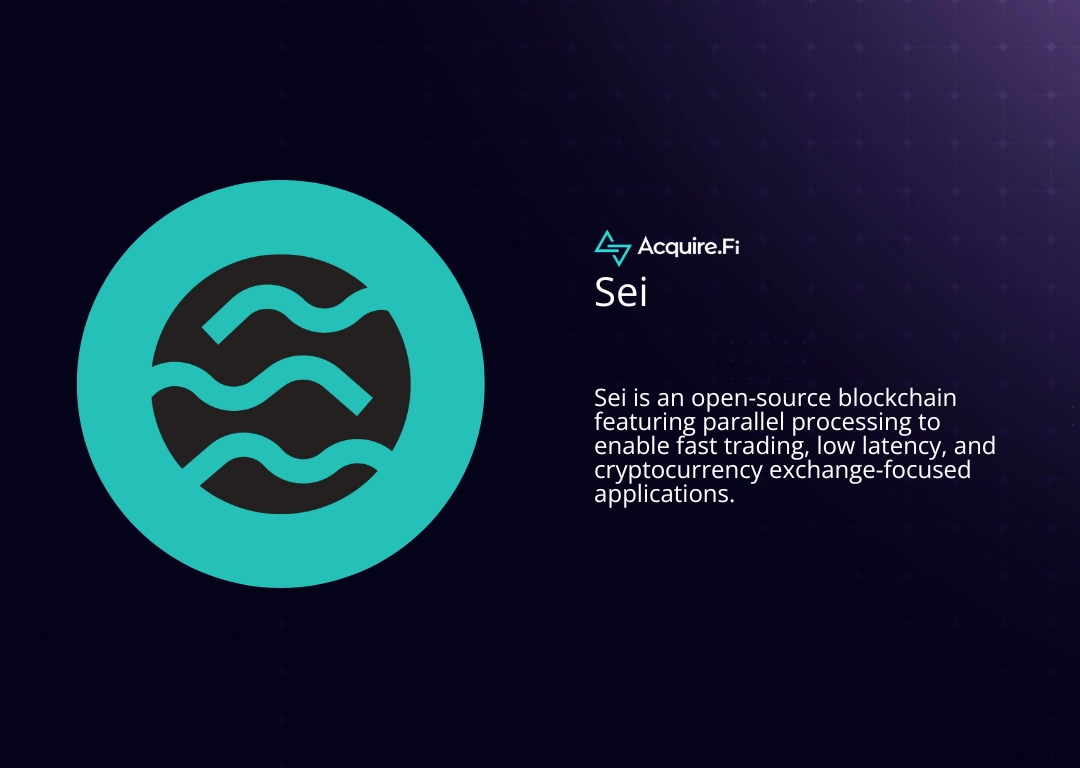Role of a Liquidity Provider in Crypto
A cryptocurrency liquidity provider is an entity or individual that supplies digital assets to a trading platform to facilitate continuous buying and selling activity. This service enables traders to execute transactions quickly and at competitive prices. Liquidity providers typically act as market makers, placing buy and sell orders in an order book or supplying funds to decentralized liquidity pools.
Many centralized firms also offer crypto market-making services as part of a broader liquidity package. They use sophisticated algorithms to monitor markets and maintain balanced asset levels, preventing sharp price swings during periods of high volatility. For a crypto project, a liquidity provider’s role includes enhancing market depth, improving trade execution speed, and creating an environment that attracts both retail and institutional investors.
Key Takeaways:
- Liquidity is essential for smooth, efficient crypto markets.
- Cryptocurrency liquidity providers preserve market stability by bridging supply and demand.
- Crypto liquidity providers have three types: centralized, decentralized, and over-the-counter.
- Evaluate reliability, regulatory compliance, financial strength, technological infrastructure, and clear fee structures to align liquidity support with your project’s goals.
- Consistent liquidity reassures both retail and institutional investors, making it easier to attract users, stabilize token value, and promote long-term ecosystem development.
Why Liquidity Matters in Your Crypto Project
Liquidity determines how easily a crypto asset can be bought or sold without significantly affecting its price. A project with strong liquidity attracts more traders, as participants can enter and exit positions without high slippage costs. This encourages consistent trading volumes and helps stabilize the asset’s market value. It also reduces the risk of price manipulation because a larger pool of orders makes it harder for a single trader to move the market.
Liquidity supports better price discovery, ensuring that token prices reflect actual supply and demand rather than sporadic trades. In essence, liquidity strengthens the trust and functionality of a crypto ecosystem, which is essential for long-term growth.
Types of Cryptocurrency Liquidity Providers
Liquidity providers operate in different formats depending on the market structure and the needs of the crypto project. Each type offers unique benefits and challenges, and understanding these differences can help projects make informed decisions. Here are the three most common categories:
Centralized Liquidity Providers
Centralized liquidity providers operate through traditional exchange platforms that control the matching of buy and sell orders. They maintain order books, monitor market conditions, and use proprietary systems to provide continuous bid and ask quotes.
Centralized providers often have large capital reserves, which allows them to handle high trade volumes efficiently. Their infrastructure typically supports faster transaction speeds, making them ideal for projects targeting active day traders or institutional participants. However, reliance on a single platform means that liquidity is tied to the exchange’s operational stability and compliance policies.
Here are the pros and cons of using centralized liquidity providers:
Advantages of Centralized LP
- High trade execution speed
- Large capital reserves
- Strong market depth
- Advanced risk management tools
- Easier integration for new projects
Disadvantages of Centralized LP
- Dependency on a single platform
- Centralized control over funds
- Potential regulatory restrictions
- Vulnerability to platform outages
- Higher fees in some cases
Decentralized Liquidity Providers
Decentralized LPs supply assets to blockchain-based liquidity pools that operate without a central authority. These pools, often run on protocols like Uniswap or PancakeSwap, allow automated trading through smart contracts. Participants earn fees from trades executed in the pool, creating an incentive for providing liquidity.
Decentralized liquidity offers greater transparency since all transactions are recorded on-chain. It also enables projects to reach global participants without requiring intermediaries, but it may face issues with lower liquidity depth compared to large centralized exchanges.
Let's take a look at the strengths and weaknesses of decentralized LPs:
Advantages of Decentralized LP
- Full transparency through blockchain records
- No central authority control
- Global accessibility
- Reduced entry barriers for participation
- Decentralized governance options
Disadvantages of Decentralized LP
- Lower liquidity depth for less popular assets
- Smart contract vulnerabilities
- Potential impermanent loss for liquidity providers
- Slower transaction speeds during network congestion
- Less predictable liquidity availability
Over-the-Counter (OTC) Liquidity Providers
OTC liquidity providers facilitate large-scale crypto transactions directly between parties without routing through public exchanges. They are often used by institutional investors, hedge funds, or projects conducting large token sales. OTC providers help prevent market disruption by keeping large trades off the open market, thus avoiding sudden price swings. They offer tailored services, including settlement in fiat or stablecoins, which can be critical for businesses handling significant capital flows. The main drawback is that OTC services may involve higher costs and require a strong level of trust between both parties.
Here are the advantages and disadvantages of using OTC liquidity providers:
Advantages of OTC LP
- Ability to handle large trades without moving the market
- Customized settlement options
- Privacy for transactions
- Reduced slippage for big orders
- Access to institutional-grade liquidity
Disadvantages of OTC LP
- Higher costs compared to exchange trading
- Requires high trust between parties
- Less transparency than public exchanges
- Limited price competition
- Slower settlement in some cases
How to Choose the Right Crypto Liquidity Provider
For cryptocurrency exchanges or new crypto projects, selecting the right liquidity provider requires evaluating several factors beyond capital availability. The choice affects not only your project’s market activity but also its reputation and long-term stability. Here are the criteria on how you should pick the right LP to work with your business:
Regulatory Compliance
The U.S. Department of the Treasury has highlighted that cybercriminals and OFAC-sanctioned nations exploit decentralized finance (DeFi) platforms to launder illicit funds. In response, the department introduced regulations aimed at mitigating such risks and penalizing non‑compliant entities. Aligning with these measures, working with a liquidity provider that adheres to regulatory standards brings your project into compliance with legal requirements, helping to prevent sudden operational shutdowns due to legal violations. This compliance also builds investor confidence, particularly among institutional actors who demand clear legal safeguards.
A regulated provider typically maintains strict Know Your Customer (KYC) and Anti-Money Laundering (AML) protocols, directly countering illicit financial activities and laying a foundation for reputational integrity and long-term growth.
Reputation and History
A liquidity provider’s reputation reflects their reliability, professionalism, and performance history. Providers with a proven track record demonstrate the ability to maintain market stability during both high and low volatility periods. Checking references, client feedback, and historical trading performance helps assess their trustworthiness. A good reputation often correlates with strong operational standards and ethical business practices. Choosing a provider with a solid history ensures that your project can rely on consistent and dependable liquidity support.
Financial Security
The financial strength of a liquidity provider determines its ability to supply consistent market depth, even during volatile conditions. Providers with robust capital reserves can absorb market shocks and continue facilitating trades without interruption. Financial security also reduces the risk of service disruptions due to sudden liquidity shortages. For crypto projects, this means a stable and predictable trading environment for their tokens. Partnering with a financially secure provider can prevent liquidity crises that could damage the project’s market standing.
Access to Technology and Infrastructure
Advanced technology enables liquidity providers to deliver faster execution, better pricing, and improved risk management. Providers with strong infrastructure can integrate directly with multiple exchanges and APIs, aggregating liquidity across multiple platforms. This improves order matching and reduces slippage, benefiting both traders and the project. Access to scalable systems ensures that liquidity remains consistent even as trading volumes grow. A provider with robust technology and infrastructure can adapt to market changes and keep your project competitive.
Fees and Pricing Model
Understanding a liquidity provider’s fee structure is critical to managing operational costs. Some providers charge flat fees, while others take a percentage of trade volume or spread. A transparent pricing model helps avoid unexpected expenses that could erode profit margins. The cost should be weighed against the value provided in terms of execution quality, market depth, and support services. By carefully evaluating fees, you can choose a provider that offers both affordability and high performance.
Frequently Asked Questions
What key risks should liquidity providers be aware of?
Liquidity can face impermanent loss, smart contract vulnerabilities, and rug pulls.
What is impermanent loss, and how does it affect LPs?
Impermanent loss occurs when the value of assets in a liquidity pool diverges from simply holding them. If token prices change significantly, LPs may receive less value upon withdrawal than if they had held the tokens outright. The "loss" is temporary and may be offset by trading fees, but withdrawal at the wrong time locks in that loss.
How do liquidity providers get rewarded beyond trading fees?
LPs may receive additional incentives from yield farming rewards or governance tokens distributed by the protocol.
Can small investors participate in liquidity provision?
Yes. DeFi democratizes liquidity provision by allowing any user to contribute to the pool even in small amounts.











.webp)